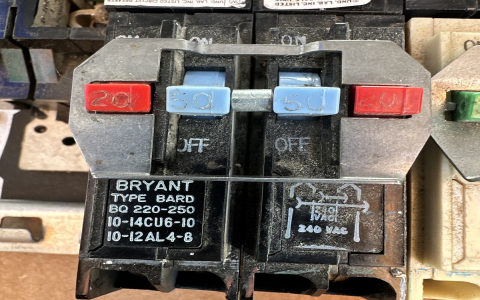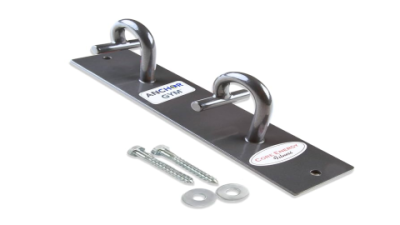If you’ve ever peeked inside your home’s electrical panel, you probably know it’s not the most glamorous part of your house—but it’s definitely one of the most important. The breaker panel is basically the command center for your home’s electricity. And when it comes to reliable panels, Bryant has been a name many trust for years. Whether you’re thinking about upgrading an old panel or putting in a new one, getting to know what Bryant breaker panels bring to the table—and how to pick the right one—can save you a lot of headaches down the road.
So, what’s the deal with Bryant breaker panels anyway?
At its core, a breaker panel (sometimes called a load center) is where the electricity from the grid gets split up and sent to different parts of your home. It’s also the safety net that stops things from overheating or short-circuiting by shutting off power when something’s wrong. Bryant panels have a reputation for solid build quality and meeting all the safety codes you’d expect in 2025.
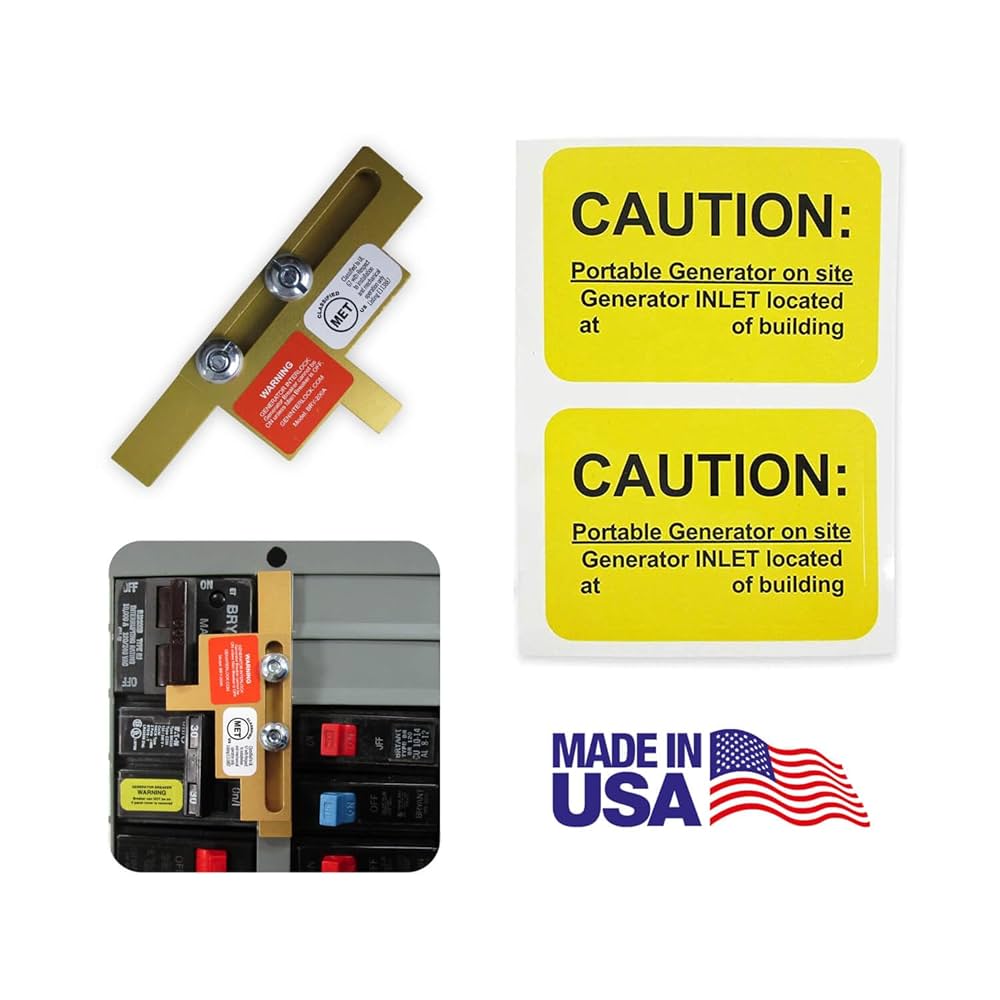
Let’s talk about some of the standout features that make Bryant panels worth considering:
First off, safety is a big deal. Bryant panels meet UL listings and the National Electrical Code, which means they’re tested to handle normal use and unexpected faults safely. The metal enclosures are tough and resist corrosion, so they hold up well over time, whether in a cozy home or a busier commercial setting.
Another thing I like about Bryant panels is how flexible they are. They work with a wide variety of breakers—standard ones, GFCI breakers that protect against shocks in wet areas, and AFCI breakers that help prevent fires caused by electrical arcs. Plus, many Bryant panels have plenty of slots for breakers, so if you want to add circuits later (maybe for a new workshop or an EV charger), you’re covered.
Installation and maintenance are also less of a pain with Bryant. The design is straightforward, with clear labels and easy access to bus bars, which electricians appreciate—and that usually means lower labor costs for you.
Oh, and if you’re worried about power surges frying your gadgets, some Bryant panels are ready for whole-home surge protection devices. That’s a nice bonus, especially if you live in an area prone to storms or power fluctuations.
Now, why pick Bryant in 2025? Well, our homes are getting smarter and hungrier for electricity. Think about all the smart devices, electric cars, and energy-saving appliances we use now. A breaker panel that can handle these demands safely and efficiently is a must. Bryant panels strike a good balance between tried-and-true reliability and features that keep up with today’s tech.
Here’s what you get with Bryant panels:
-
Better safety thanks to AFCI and GFCI breakers that help prevent fires and shocks
-
Enough power capacity—many models go up to amps or more, so you’re ready for EV chargers and more
-
Energy efficiency that helps avoid wasted power and keeps your bills in check
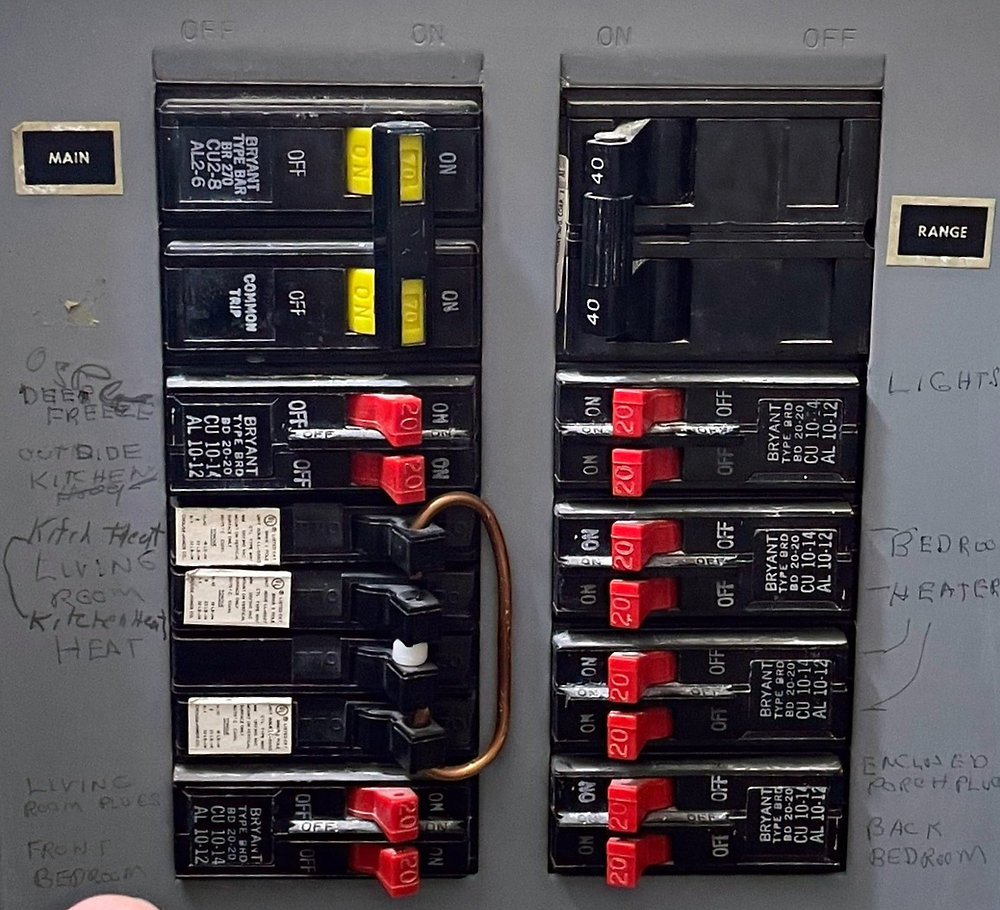
-
A boost to your property’s value since modern electrical systems are a big plus for buyers
-
Easy access to parts and electricians familiar with Bryant, which can be a lifesaver if you ever need repairs or upgrades
Picking the right panel can feel overwhelming, but here’s a simple way to think about it:
First, figure out how much power your home needs. Smaller homes might get by with amps, but most modern homes are better off with amps to handle everything comfortably. If you’re planning big upgrades like EV chargers or a home addition, consider a 400-amp panel.
Next, look at how many breaker slots you’ll need. It’s smart to have extra room for future circuits. Bryant panels come in all sizes—from slots for smaller setups to or more for bigger needs.
Here’s a quick look at some common Bryant panel models:
-
Bryant 1240: amps, slots — good for smaller homes
-
Bryant 2040: amps, slots — fits average homes with moderate electrical use
-
Bryant 4040: amps, slots — ideal for large homes or heavy electrical demands
Don’t forget to check what types of breakers the panel supports. You’ll want standard breakers for most circuits, GFCI breakers for places like kitchens and bathrooms, and AFCI breakers for bedrooms and living rooms. Bryant panels handle all these, which is great because these breakers are often required by code nowadays.
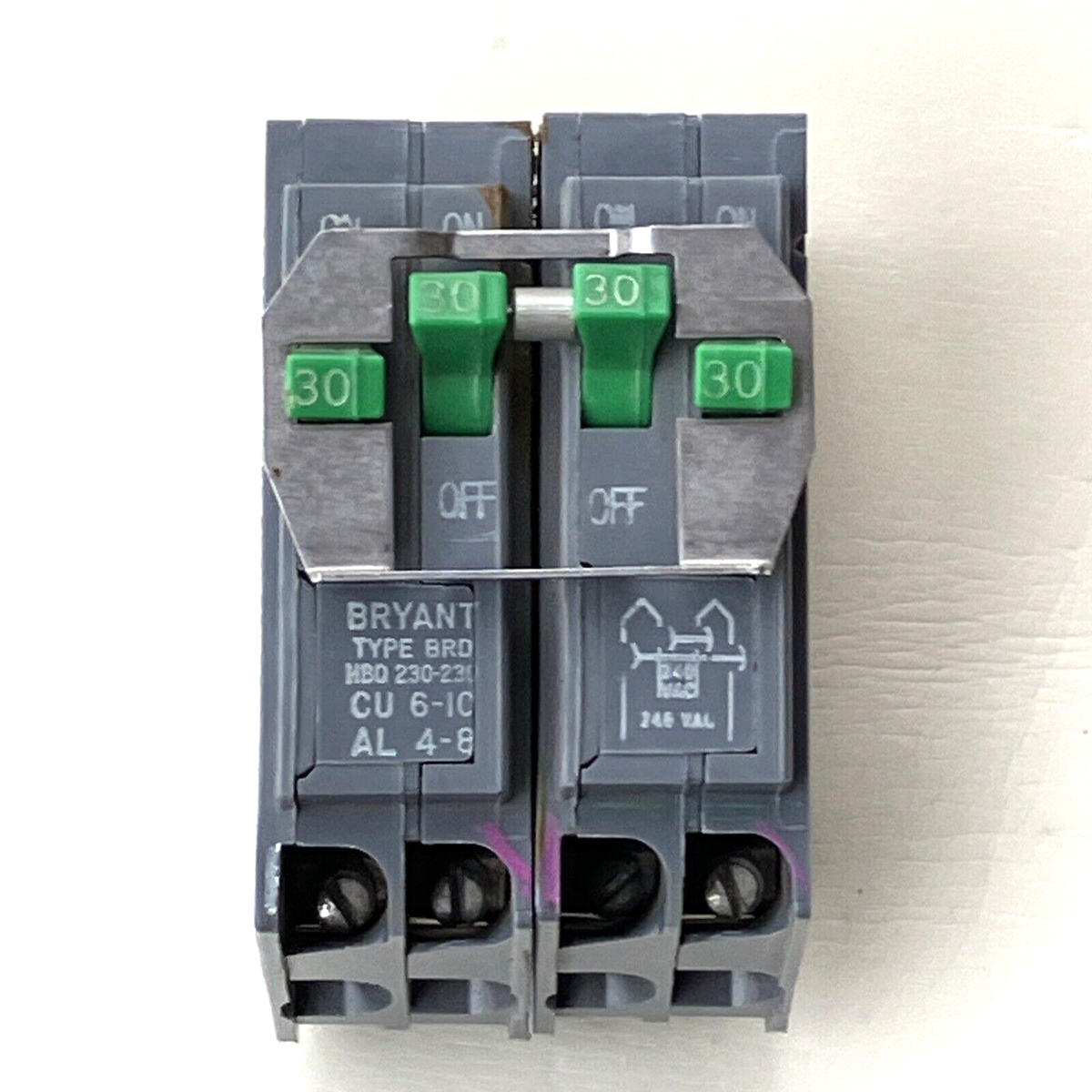
Also, make sure the panel you pick meets the latest electrical codes and comes with a solid warranty. Bryant usually offers a good warranty, which shows they stand behind their products.
One more thing: always get a licensed electrician to install or upgrade your panel. It’s not just about safety—it’s also about making sure everything’s up to code and your warranty stays valid.
Once your Bryant panel is installed, a little maintenance goes a long way. Have it inspected yearly to catch any signs of wear or loose connections. Don’t overload your circuits—if breakers trip often, it might be time for an upgrade. Keep the panel area clear and dry, and label your circuits clearly to make life easier when you need to troubleshoot.
Wondering how Bryant stacks up against other brands? Here’s a quick comparison:
Bryant’s safety features and capacity make it a solid bet, especially if you want to future-proof your electrical system.
Here are some FAQs that often come up:
Q: How do I know if I need to upgrade my Bryant breaker panel?
A: If your breakers trip a lot, lights flicker, you smell something burning near the panel, or your panel is more than years old, it’s time to think about an upgrade. Also, if you’re adding high-demand appliances like EV chargers, you’ll need a panel that can handle the extra load.
Q: Can I install a Bryant breaker panel myself?
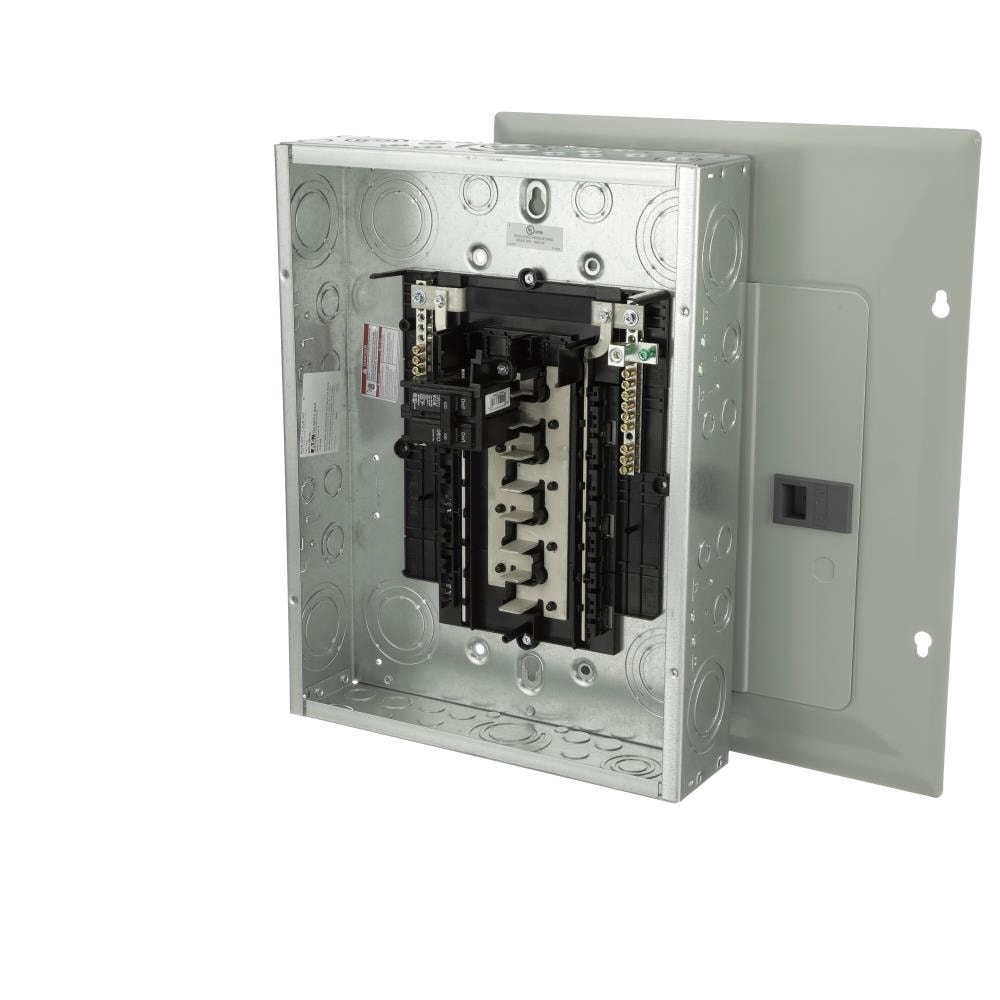
A: It’s really not recommended. Working with electrical panels is dangerous and requires knowledge of local codes. Hiring a licensed electrician is the safest and smartest choice.
Q: What amperage panel do I need for a typical home?
A: Most homes today use 200-amp panels. Smaller homes might get by with amps, but if you have big electrical needs, amps or more is better.
Q: Are Bryant breaker panels compatible with smart home systems?
A: Yes! Bryant panels support breakers and accessories that work well with smart home tech, including surge protection and remote monitoring.
Q: How much does a Bryant breaker panel cost?
A: It varies, but expect to pay somewhere between $1, and $3, for a full upgrade, including installation. Prices depend on your location and how complex the job is.
To wrap it up, your breaker panel might not be the flashiest part of your home, but it’s absolutely crucial. Bryant breaker panels offer a great mix of safety, durability, and flexibility that makes them a smart choice in 2025. By figuring out your electrical needs, picking the right size, and getting professional help with installation, you’re setting yourself up for a safer, more efficient home.
Upgrading to a Bryant breaker panel isn’t just about keeping the lights on—it’s about peace of mind, protecting your investment, and being ready for whatever the future of home energy holds. So, if your panel is showing its age or you’re planning big electrical upgrades, it might be time to give Bryant a serious look.
